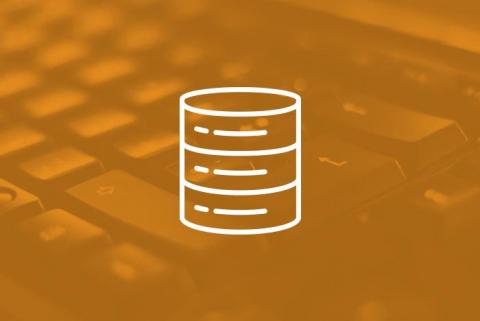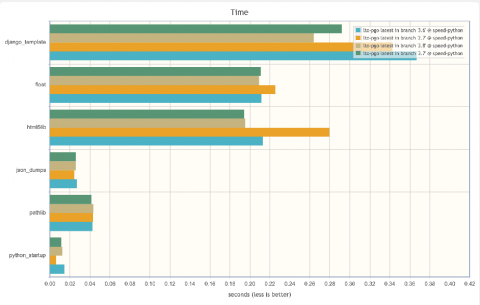Programmatically Adding Laravel Middleware
When it comes to web development, middleware is often the key to ensuring everything connects up - even if some of the pieces don’t always match up. HTTP Middleware is a mechanism used to conveniently filter HTTP requests coming into your web application. When it comes to PHP, frameworks often help us get our applications to handle workloads vanilla PHP might have a harder time managing. Frameworks help to manage the underlying structure of an application while supporting existing PHP standards.











